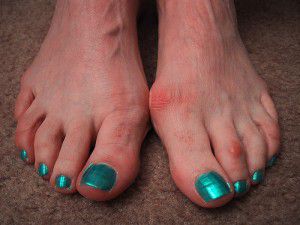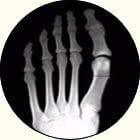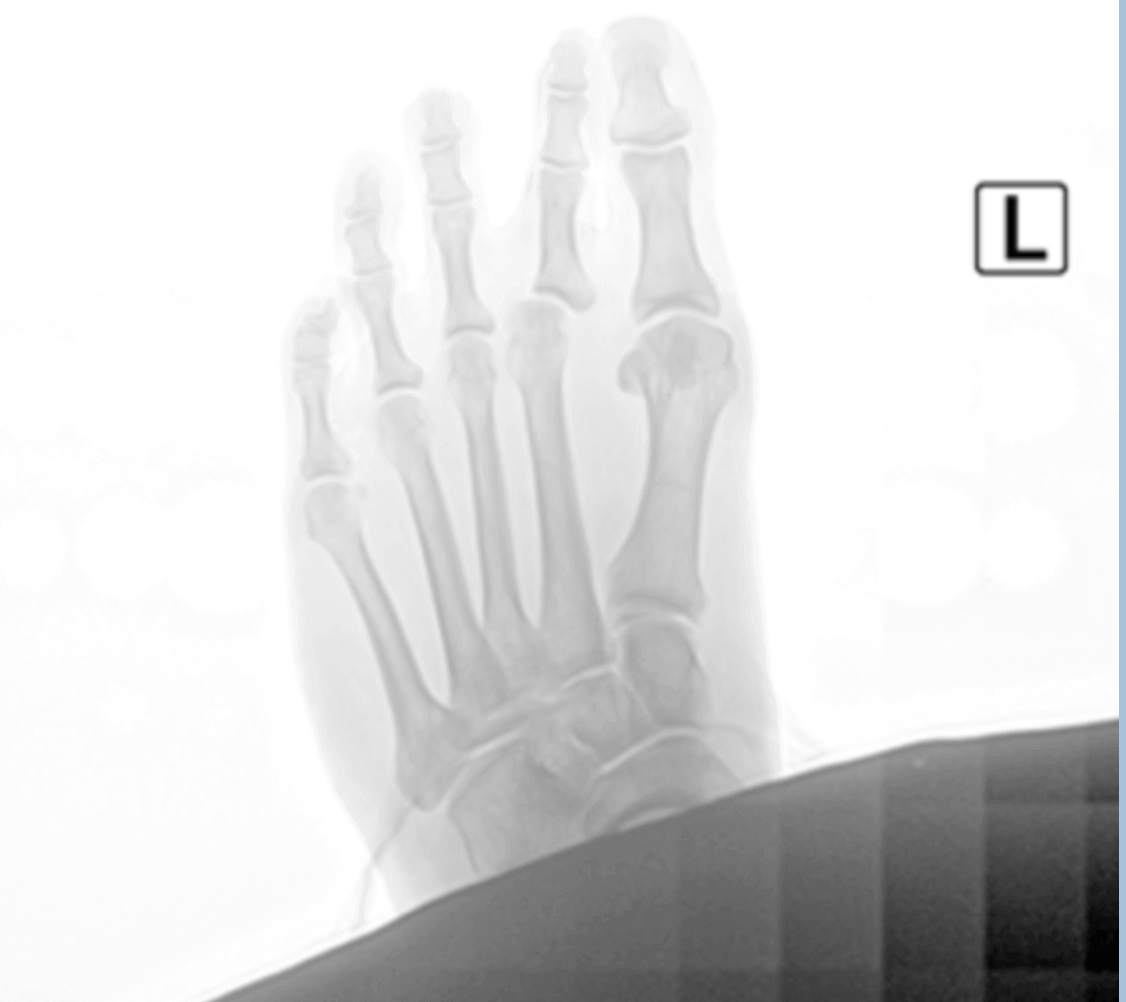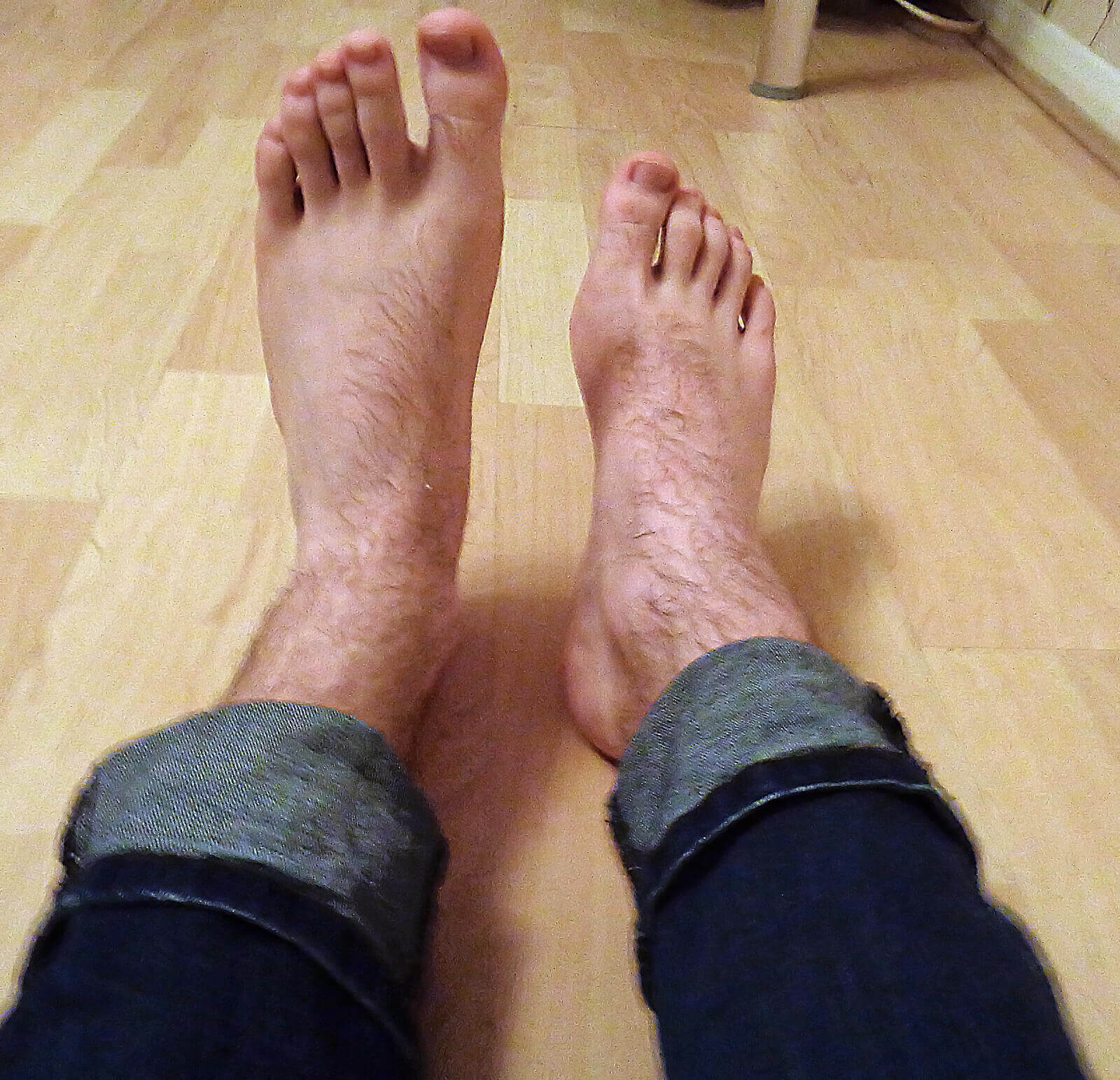bunion
Displaying items by tag: bunion
Dr. Brandon Nelson, Board-Certified Physician and Surgeon, Discusses #1 Bunion Currently in the United States.

Bunion surgery continues to be the most common foot surgery United States. Tens of thousands are performed annually. The vast majority of these are performed in an outpatient setting less than a couple hours. A large percentage of these patients can begin weightbearing shortly after the procedure.
Currently there is a lot of literature around the Lapiplasty which is the device to help improve bunion correction. The idea behind the device is a 3 plane correction of the bunion this been utilized for over 6 years and on over 35,000 patients. Lateral last he device helps to correct, cut, compress and fixate the bunion procedure.
First component of the laminoplasty is correct. The device is utilized to correct the bunion in all 3 cardinal planes by allowing and alignment correction or making any cuts in the bone. A second component for contact performed via sisal J which allows an average cut between 2.4 and 3.1 mm average shortening. Third component or compresses utilized to achieve compression of the joint while maintaining the 3-D correction. The fourth and final fixate is plate system that has been biomechanically tested for multiple complaints stability and rapid return to weightbearing.
I have had experience using the lapiplasty system. The Lapidus bunionectomy remains one of my most commonly performed surgical procedures. It has great power of correction for large bunion deformities and patients with significant instability. If you currently are experiencing bunion pain and are interested in the laminoplasty I am happy to help.
Sincerely,
Board-certified American College of Foot and Ankle Surgeons
Board-certified American College of Podiatric Medicine
Dr Brandon Nelson, A Board-Certified Physician and Surgeon, Discusses Bunion Pain
.jpg)
Bunions can become extremely painful especially with exercise and shoe gear. The bunion itself becomes uncomfortable when the bone begins to protrude out of normal alignment. Many people wonder what has caused the bunion itself and why it is now painful. We will explore both of these thoughts and I will provide some insight as to what can be done.
Bunions we know are primarily a hereditary foot structure issue. What I mean by that is the foot structure or foot alignment is what causes the bunion. You inherit your foot from your family genetics and often the foot type you inherit may lead to a bunion. There is usually a family history of bunions, and this can often skip generations. There is a portion of the bunion as well that can be exacerbated by environmental factors. Shoe gear, i.e high heels can put more pressure on the front of your foot increasing bunion formation. Other factors include things like exercise or really anything that increases foot pressures. Even injury and trauma have been associated with bunion development. The bunion is a complex pathology that has both generic and environmental factors that lead to its formation.
Pain, pain is by far the most common reason people come to the doctor. The most frequents spots for bunion pain are right near the knuckle of the big toe or under the 2nd toe. The knuckle of the big toe, or technically the first metatarsal head begins to protrude out and cause pressure with shoe gear. This gets worse with time as the bunion gets bigger. The 2nd metatarsal or 2nd toe becomes painful as the bunion gets bigger and the foot less stable.
If you have a bunion and would like to schedule a consultation, call 425-391-8666 or make an appointment online.
Bunion Surgery Recovery, Dr Brandon Nelson

Quite a few patients ask about bunion surgery and bunion surgery recovery. I hear a lot of stories from patients about neighbors, friends or family members that have had bunion surgery. There seems to be some misconceptions about bunion surgery and some general misconceptions. I want to help clarify this for patients and anybody thinking about fixing their bunion.
Bunion surgery can really be broken down into two different procedure locations. Bunions can be corrected at the head of the metatarsal or the base of the metatarsal. The head procedures are generally utilized for smaller bunions and base procedures are better suited for larger bunions.
Head procedures are probably the most common bunion procedure. This is often called an Austin bunionectomy and has been around for greater than 50 years. It was one of the first bunion procedures and has great success and most patients can return to a normal shoe in about 4-6 weeks. Patients can walk the entire time after surgery in a boot for about 4 weeks.
Base procedures are a little more involved surgery and therefore the recovery is longer. Most base procedures can allow patients to walk in a boot in 2-4 weeks. However, the total recovery from this type of surgery can be 8 weeks or longer.
I hope this helps to answer a few bunion surgery questions! Give us a call at 425-391-8666 or make an appointment online today.
Dr. Timothy Young, Board Certified Foot Surgeon Discusses Surgery for a Bunionette or Tailor's Bunion Surgery

A tailor's bunion is a problem, or the fifth metatarsal and the fifth metatarsal head protrude laterally or to the outside of the foot. This causes pressure and pain especially with shoes ski boots etc. This is usually a structural problem. The fifth metatarsal tends to angle outward away from the adjacent fourth metatarsal. Sometimes it is a simple problem and it's just enlargement of the head of the fifth metatarsal. From a surgical perspective this can be treated by surgically shaving down the bump. This tends to be a much quicker recovery.
This would involve the incision, surgically incising the joint capsule then shaving down the bone and using a surgical orthopedic burr to smooth that down area. After the bony prominence has been smoothed down and reduced the wound is flushed and the layers including the capsule subcutaneous layer and skin are all surgically repaired and sutured. This tends to be a quick recovery it can be as short as 3 weeks in a cast boot.
Give us a call today at 425-391-8666 or make an appointment online today.
Dr. Brandon Nelson, Discusses How To Get Through Bunion Surgery

Bunion surgery can be overwhelming when one starts to think of all the logistics. It is important to start planning early in order to maximize outcomes and have a smooth recovery period. I have some advice that I think can be quite helpful for patients thinking about bunion surgery. Here are my top 10 tips:
1. Make a list of expectations for your surgeon. Bring a list to your preop and we are always happy to go through these.
2. Take a week off, be a couch potato. Sacrifice upfront will make it easier in the long run.
3. Know that you will have pain, discuss any concerns with your surgeon. Have all our pain meds/rxs filled before surgery.
4. Plan how you will get around, crutches, knee scooter, etc.
5. Have a central place in your house set up. Make it close to the bathroom and anything you will need to be comfortable.
6. Take a bone healing supplement this will decrease healing times.
7. Start your toe range of motion early this will help with stiffness.
8. Plan how you will shower, sleep and use the toilet.
9. Purchase some bandages, 4x4 gauze and coban.
10. Look at your post-op surgical schedule, when will you start walking, start ROM, be able to shower, etc.
Well I hope this is helpful and goodluck!
If you are experiencing foot or ankle pain, give us a call today at 425-391-8666 or make an appointment online today.
Dr. Brandon Nelson, A Board Certified Physician, Discusses Toe Pain And Plantar Plate Injuries
Toe pain, especially of the 2nd, 3rd and 4th toe can be quite common and have a few different sources of pain. The 2nd toe often has pain associated with a bunion or instability of the inside of the foot. A lot of patients have a foot structure that can overload the 2nd toe and cause mechanical pressures that eventually fatigue the joint. The 3rd and 4th toe are more likely to have an entrapped nerve. The anatomy in this location causes a compression issue where the nerve exists and can create problems for patients.
The 2nd toe or 2nd metatarsal phalangeal joint has a thickening called a plantar plate. This thickening acts like a cushion and helps protect the toe and joint when walking. If your foot structure places too much pressure on this joint, you can tear the plantar plate. One will often see the toe start to drift towards the 1st or inside of the foot. The pain is often like a neuroma, burning, tingling, and swelling. Often patients will require an MRI to confirm the tear. Once the tear is confirmed the plantar plate usually requires surgical repair. There are two methods one from the top of the toe and the other from the bottom. I often will decide which is appropriate for the patient based on any other foot pathology that may need to be addressed, like a bunion.
The 3rd and 4th MTPJ or 3rd interspace, the area between the 3rd and 4th toes is common spot for a Morton’s neuroma. The foot has two large nerves on the bottom the lateral and medial plantar nerves. These two nerves come together in the 3rd interspace and are often compressed between the metatarsal bones. This squeezing affect can result in burning to these two digits. A neuroma can be treated very effectively with alcohol injections. The alcohol injection series is 89% successful in eliminating nerve pain.
If you are suffering from burning, tingling, or swelling in your foot we can help. Give us a call at 425-391-8666 or make an appointment online.
Dr. Timothy Young, a Board-Certified Foot Surgeon Discusses Removing Hardware After Bunion Surgery

Most bunion surgeries require screws or plates (or a combination). It’s important during bunion surgery, in order to get full correction and realign the bones and joints, the bone is typically resected or effusions are done to realign the first metatarsal. This requires hardware such as plates and screws. Once the hardware has done his job and the bone has healed and maintained the new corrected alignment and position, many of our patients elect to have hardware removed. The hardware can be medical grade stainless steel or titanium. These are the most common metal/metallic implants used.
Sometimes the head of the screw causes minor irritation or part of the threads protrudes enough that there is irritation with some of the adjacent soft tissue.
In other instances some patients seem to be sensitive to having a foreign body or a non-human item in the body. Some patients have minor skin manifestations although this isn’t common. In general patients feel better once the hardware is out.
If you are experiencing bunion pain, give us a call at 425-391-8666 or make an appointment online today.
Dr. Timothy Young, Board-Certified Foot Surgeon, Talks About Faster Soft Tissue Healing After Bunion Surgery and Bunion Swelling Relief

Dr. Timothy Young, Board-Certified Foot Surgeon, Talks About Faster Soft Tissue Healing After Bunion Surgery and Bunion Swelling Relief
Dr. Brandon Nelson, a Board Certified Physician, Discusses Capsulitis/Metatarsalgia
Capsulitis/metatarsalgia is a term we use to describe inflammation of the forefoot. It specifically refers to inflammation of the joints in the front of the foot. This condition is usually associated with an underlying foot pathology like a bunion, an elevated bone or a tight calf muscle. This foot structure is usually inherited but can be brought on by injury.
Patients often describe a burning or swelling at the base of the toes and it gets worse with activities. Often patients will state they rub their feet and it feels better or even ice and notice some improvement. Tingling or numbness is another description we often hear. This sometimes improves with shoe removal.
The cause is usually from genetics, foot structure and mechanics. From a genetic standpoint there is often a bunion that is inherited or a flatfoot. The foot structure aspect is typically a long second metatarsal or an elevated 1st metatarsal. Mechanics can play a large role as well with tight Achilles tendons or increased pronation.
Treatment consists of addressing any contributing factor. I like to focus on the mechanics and foot structure specifically. An x-ray is helpful along with a detailed physical exam. If you are suffering from tingling, burning or swelling in your feet, or think you have capsulitis/metatarsalgia we can help.
Give us a call at 425-391-8666 or make an appointment online today.
Dr. Brandon Nelson Discusses Capsulitis of The Second Metatarsal and Toe

Capsulitis is a generic term for inflammation of a joint or the joint capsule. A joint is where two bone come together and are covered with cartilage and surrounded by a joint sac filled with fluid. This allows the joint to glide smoothly and motion to occur. Joints can become painful, especially with abnormal movements or increased pressures. Capsulitis of the second metatarsal is a common condition in the foot.
Capsulitis of the second metatarsal or toe typically presents with pain or swelling under the second toe. Patients often describe a burning or tingling sensation that is worse with walking. The majority of people that experience this type of condition will have other foot and ankle pathologies that are contributing to the capsulitis.
Contributing factors for capsulitis can include a tight calf muscle or a bunion deformity. A tight calf muscle can cause increased pressure to the forefoot. A bunion can create instability and again overload the second metatarsal. Other factors that can play a role in the development are a flatfoot or even shoe gear and exercise patterns.
Second metatarsal capsulitis can be very challenging from a treatment standpoint. It is important to evaluate both feet and all presenting pathologies. An x-ray is a great place to start the evaluation and look at the generalized foot structure. If you believe you have capsulitis schedule and appointment today so we can help. Give us a call at 425-391-8666 or make an appointment online today.



